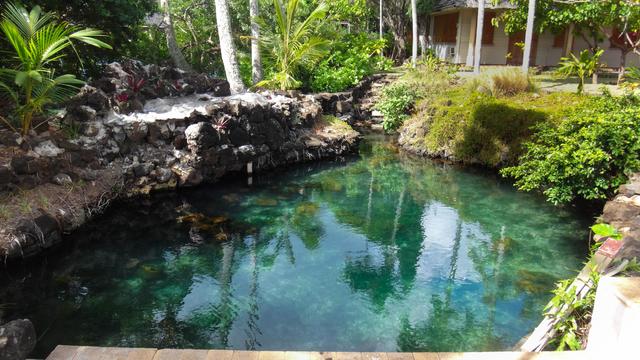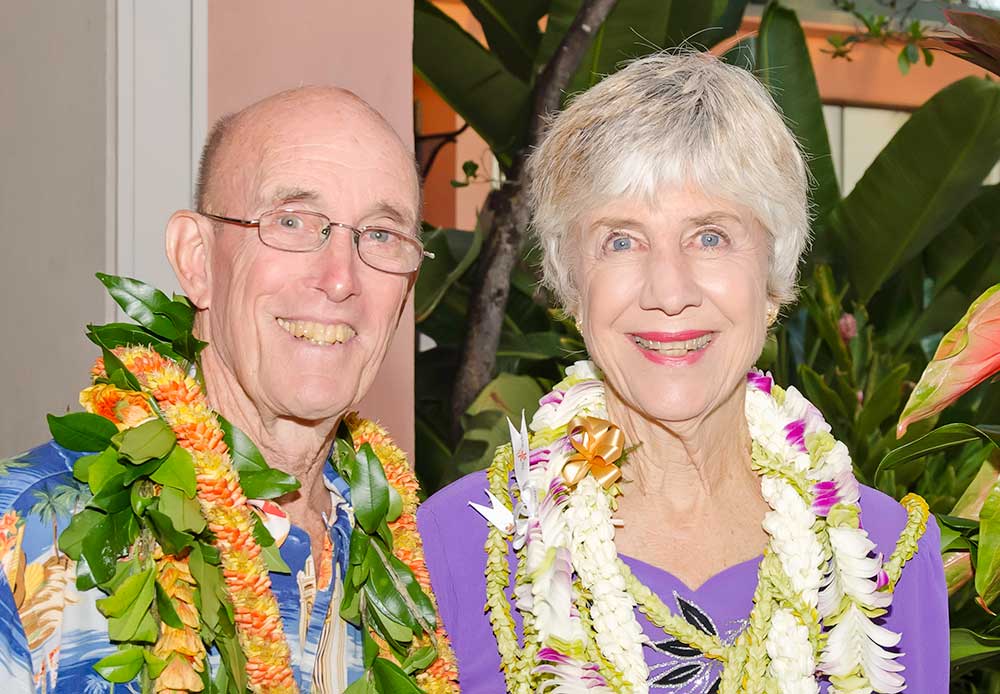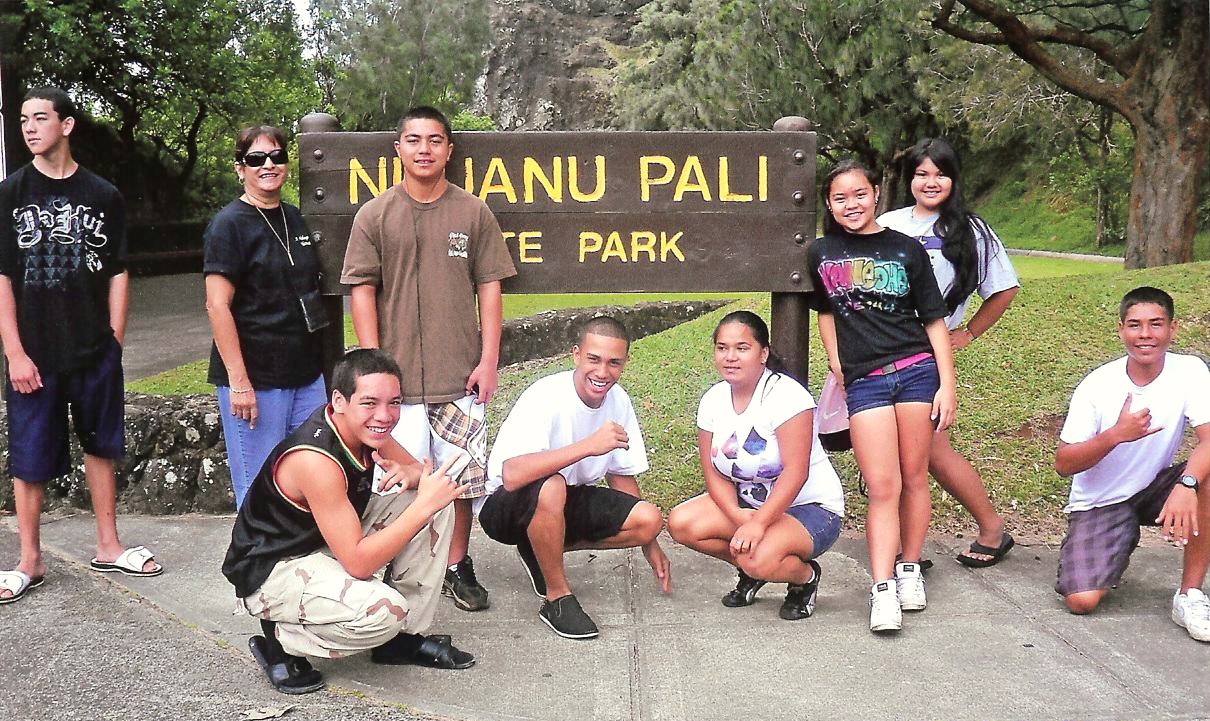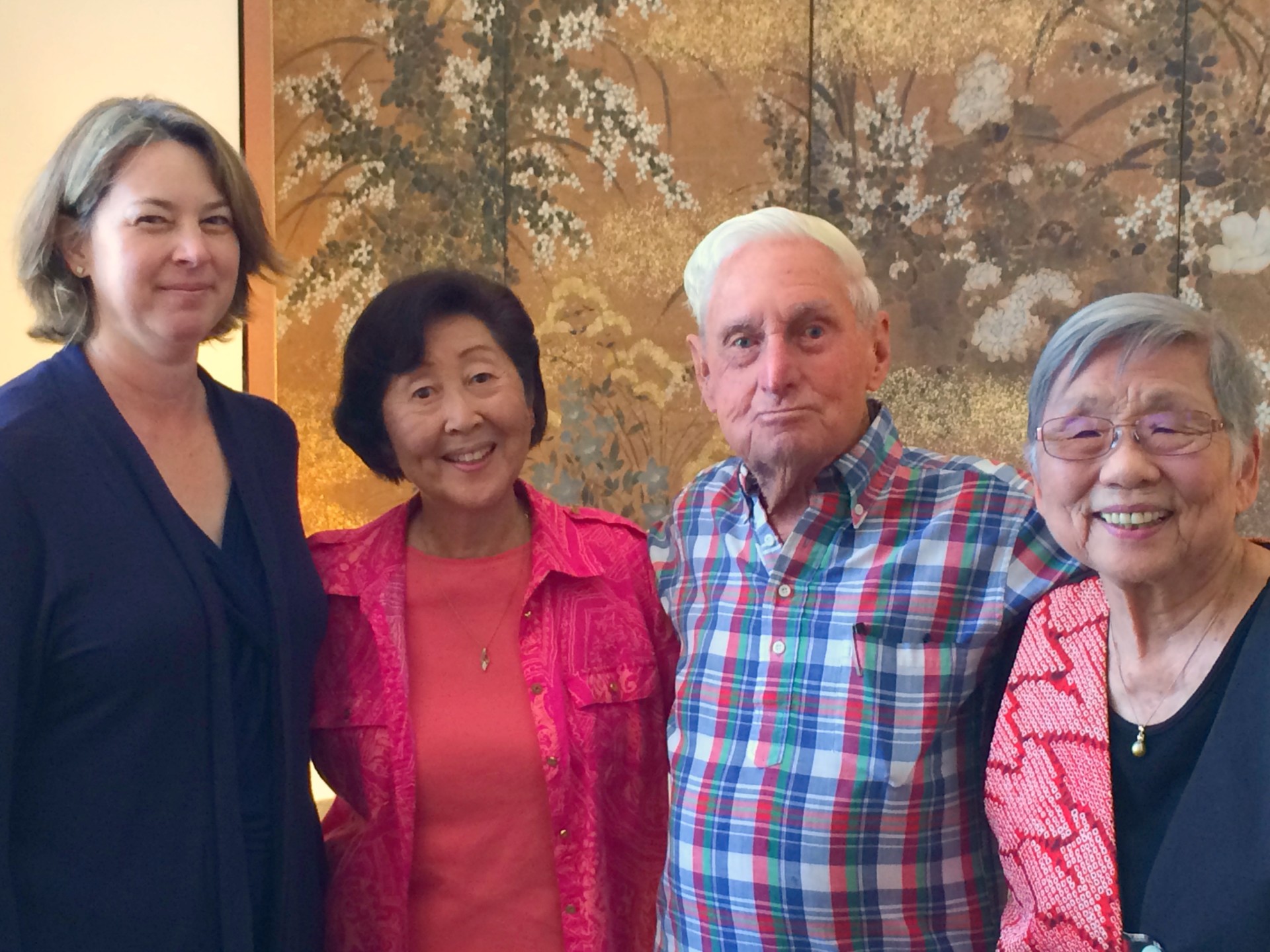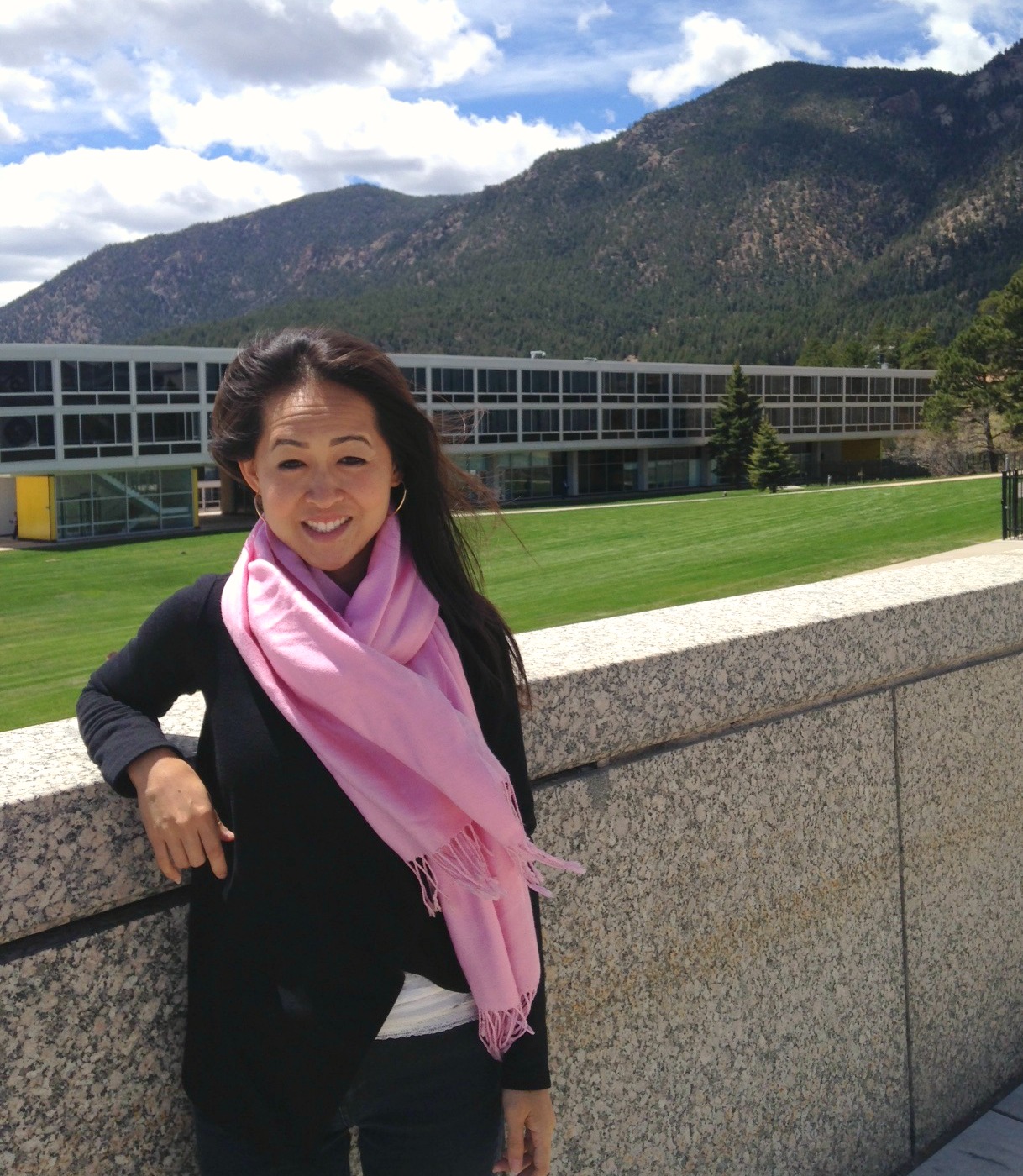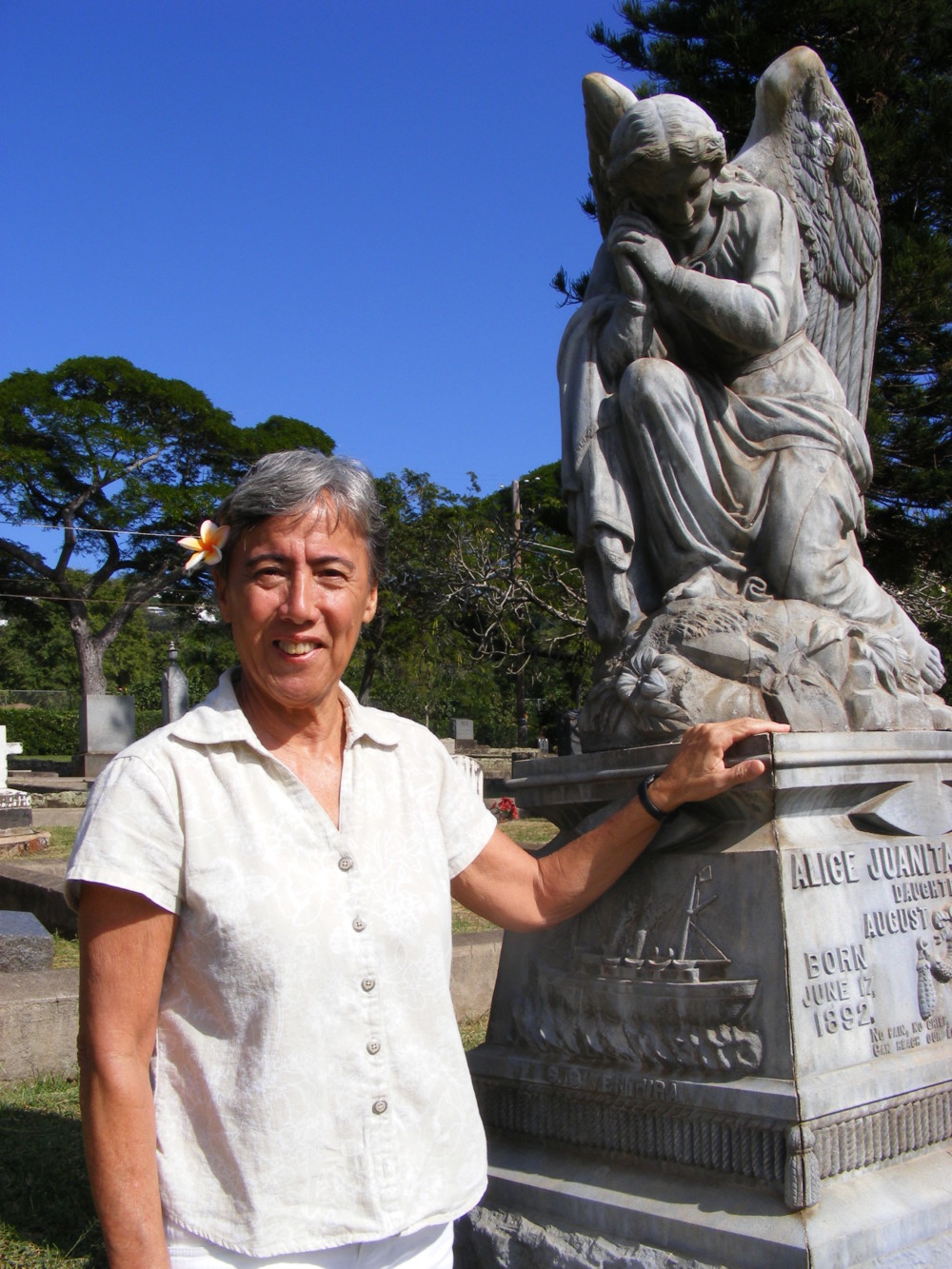Most Endangered Update – Saving Kanewai Spring
UPDATE: On June 1, funding from a dedicated city land conservation fund which had been pending in the city's proposed budget was restored to be used toward the purchase and permanent protection of Kanewai Spring. In a grand show of support for the project, more than 100 people from Hilo to Maui and the North Shore to Kuliouou submitted testimony on behalf of securing the funding to help protect the Spring. "Mary Lindsay Kalikolani Correa testified that the preservation and care-taking of Kānewai was valuable for the connection to the community and the next generation as well as for the cultural and environmental health of the land and sea. Greg Stock, a teacher for the past 16 years in East Honolulu, regularly takes his students to Kānewai for service learning opportunities because it is an invaluable resource where young people can learn about Hawaiian culture, values, land management and much more," (noted on Maunalua Fishpond Heritage Center Facebook page). The Spring was listed as one of Hawaii's Most Endangered Historic Places of 2015, an annual public awareness campaign jointly sponsored by Historic Hawaii Foundation, HONOLULU Magazine and the Hawaii State Historic Preservation Division. Groups hope to save the Kanewai Spring By Andrew Gomes, Honolulu Star Advertiser April 17, 2016 It was named one of Hawaii’s most endangered places last year and has been a trophy property owned by business scoundrels, but now a historic multimillion-dollar East Honolulu estate with a freshwater spring feeding a wildlife preserve is close to becoming a public resource through a community effort. The Trust for Public Land and Maunalua Fishpond Heritage Center are trying to pull off a $2.65 million purchase of a nearly 70-year-old mansion that fronts a fishpond and [...]


